What if, instead of depicting nature, we allowed nature in? What if, instead of building and maintaining artistic creations, we worked to develop and manage living systems?
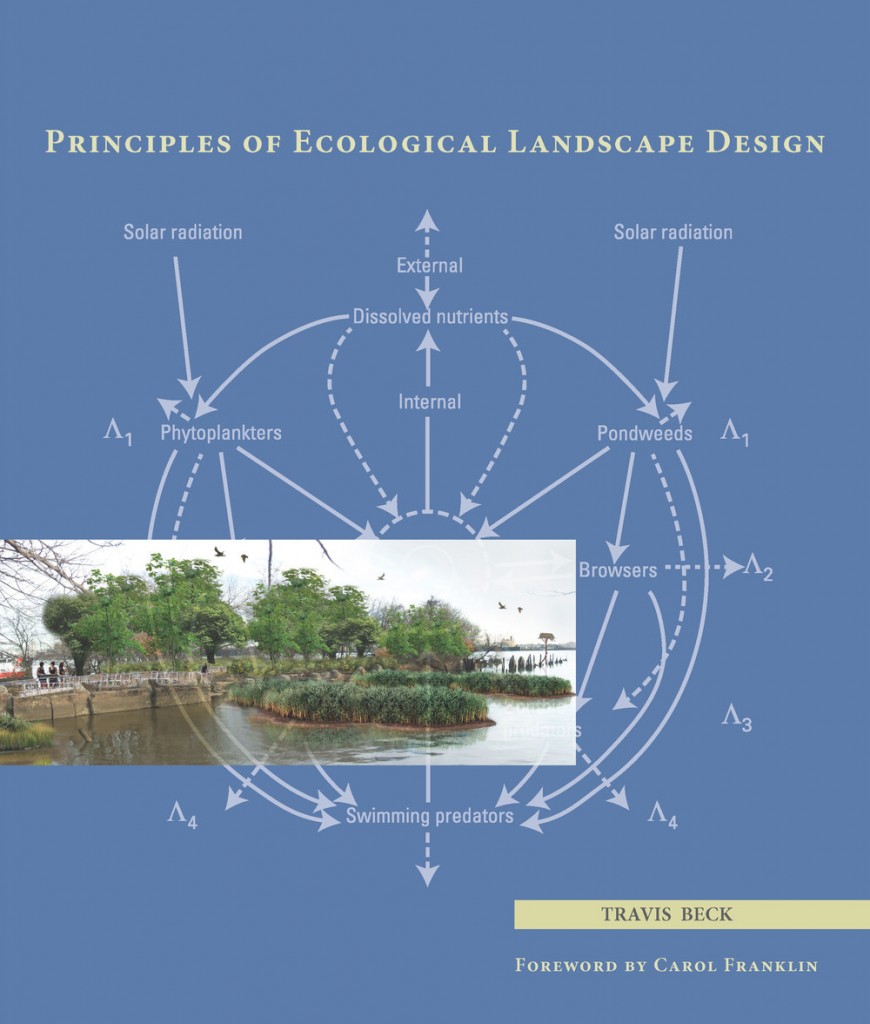 Principles of Ecological Landscape Design is a book that will soon be gracing the shelves of Landscape Architects, Landscape Designers, Professors of Landscape Architecture, City Planners, students of Landscape Architecture and more. This is a book that encompasses, in great detail, all of the aspects of designing a landscape with ecology in mind. It is a comprehensive manual, both instructional and case study at once. It offers the designer the opportunity to make ecological design part of their regular practice by giving them the framework of understanding complex systems and how it affects not only design, but the long term life of the designed landscape.
Principles of Ecological Landscape Design is a book that will soon be gracing the shelves of Landscape Architects, Landscape Designers, Professors of Landscape Architecture, City Planners, students of Landscape Architecture and more. This is a book that encompasses, in great detail, all of the aspects of designing a landscape with ecology in mind. It is a comprehensive manual, both instructional and case study at once. It offers the designer the opportunity to make ecological design part of their regular practice by giving them the framework of understanding complex systems and how it affects not only design, but the long term life of the designed landscape.
Author Travis Beck is perfectly situated for this book with plenty of knowledge as the “Landscape and Gardens Project Manager at the New York Botanical Garden. He is a registered landscape architect with a master’s degree in horticulture, a certified permaculture designer and a LEED Accredited Professional.” He has created a website to accompany the book titled Ecology and Design.
If you have taken a class or two about landscape ecology, you’ll be familiar with the concepts presented, but this book will take your understanding to a whole new level. Instead of giving the reader a recipe to follow, this book teaches you how to cook. This book will take you from a designer who follows simple instructions to a designer who fully understands the systems of the landscape and can comprehend how everything fits together.
The book makes it clear, this is not a lecture on restoration, as Beck states, “Ecological landscapes may abut or include natural ecosystems, but above all they are human creations. An ecological design may incorporate restoration of degraded ecosystems, but it does not principally seek to put things back the way they were.”
The brilliance of this book is that each subheading in each chapter follows a similar format. First it gives a lesson with details about the subject at hand, often accompanied by scientific studies illustrating the point. This can be a bit overwhelming if you have little or no past education on the topic, but to balance this overload, it is usually followed by a real world case study illustrating the lesson. The case studies are a great selection from all over the country, I was particularly happy to see Olympic Sculpture Park featured in the lesson about designing plantings modeled on natural communities. Following the case study, Beck will then offer a summary with simplified instructions on how to apply each concept into the design process.
There are so many good points throughout the book, I found myself stopping to constantly highlight sentences and entire paragraphs. I appreciated how Beck addresses all aspects of the ecological, regional and seasonal landscape. He discusses for example how to make use of existing structures to benefit the design instead of pointing out all of the ways which it is a problem. I also appreciate the recognition that ecological design is certainly grey, there is no black and white here. For example he points out that some exotic plants can be compatible with an ecological design while at the same time explaining in some instances exotic plants which are attractive to wildlife can be detrimental to the environment.
The book takes you through everything you could ever want to know about plants, not only how to place them in the right spot, but how they interact with their surroundings, considering seasonal change as well as long term climate change. Other topics include integrating wildlife, thinking about disturbance and understanding plant interactions. The book takes the reader from simple ecology concepts down to the nitty gritty detail.
Soils aren’t one of the sexier subjects when thinking about landscapes, many of our eyes tend to glaze over when thinking about soil. However, while reading the chapter on soils, I was reminded of a lesson I learned while taking a community education golf class. I asked my golf instructor what the point of learning a proper swing was when I knew people with horrid swings who hit the ball much further than I could. He told me that sure, they can hit the ball farther, but that’s as far as they’ll ever hit it. By taking the time and effort to learn a proper swing, I would have that foundation and always keep improving my game. Learning about soils and the rest of the topics in this book is similar to that; sure you can stick your plants in the ground and they may do alright, but if you want a really successful landscape, one that will flourish and change, take the time to learn the fundamentals presented in this book. It takes more work, but it will pay off in the end.
I can’t stress enough how detailed this book is, each time you finish a section thinking you understand, Beck takes you one step further. For example, when discussing using the right plants in the right place, he takes it from understanding the simple idea of a shade plant in the shade all the way down to sourcing seeds grown in the right locale. He explains if you’re using a wide-ranging species, the origin of that seed could make a difference in the success of that plant because seeds collected in a zone warmer than your region will not be as well adapted and therefore either struggle or do poorly.
This book will be on many shelves to come, but not only on ecology professors and firms which specialize in ecological designs, but all practicing designers. It should be required reading for every student of landscape architecture and required for practicing designers to get their continuing education credits. It is a well-written, thorough book which will be more and more important in the future, a must-have for anyone who is connected to creating landscapes.
Thank you to Travis Beck and Island Press for sending me a digital preview copy!

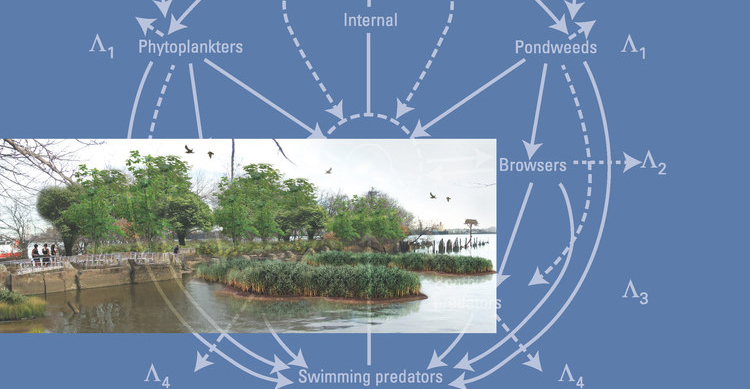

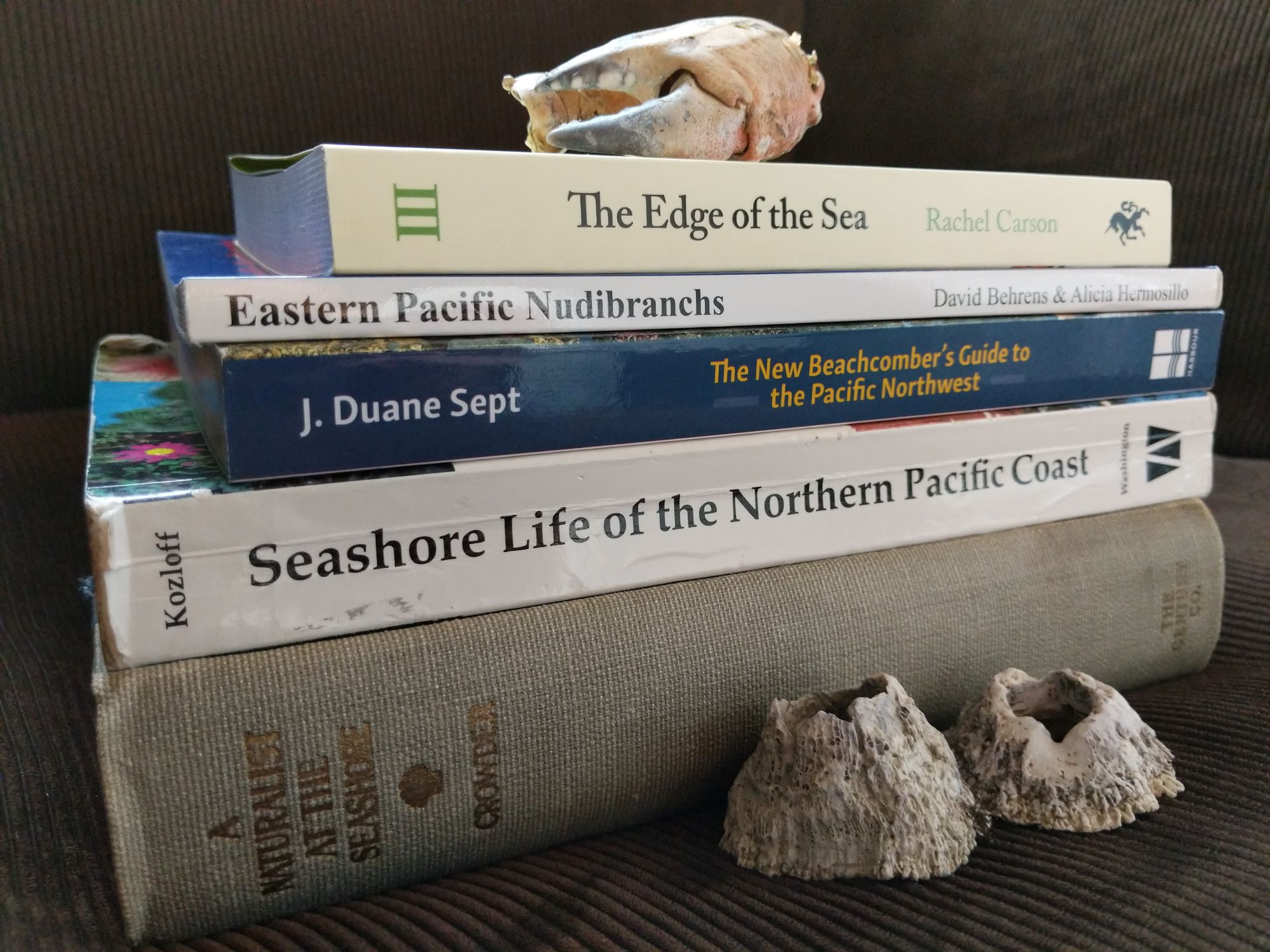
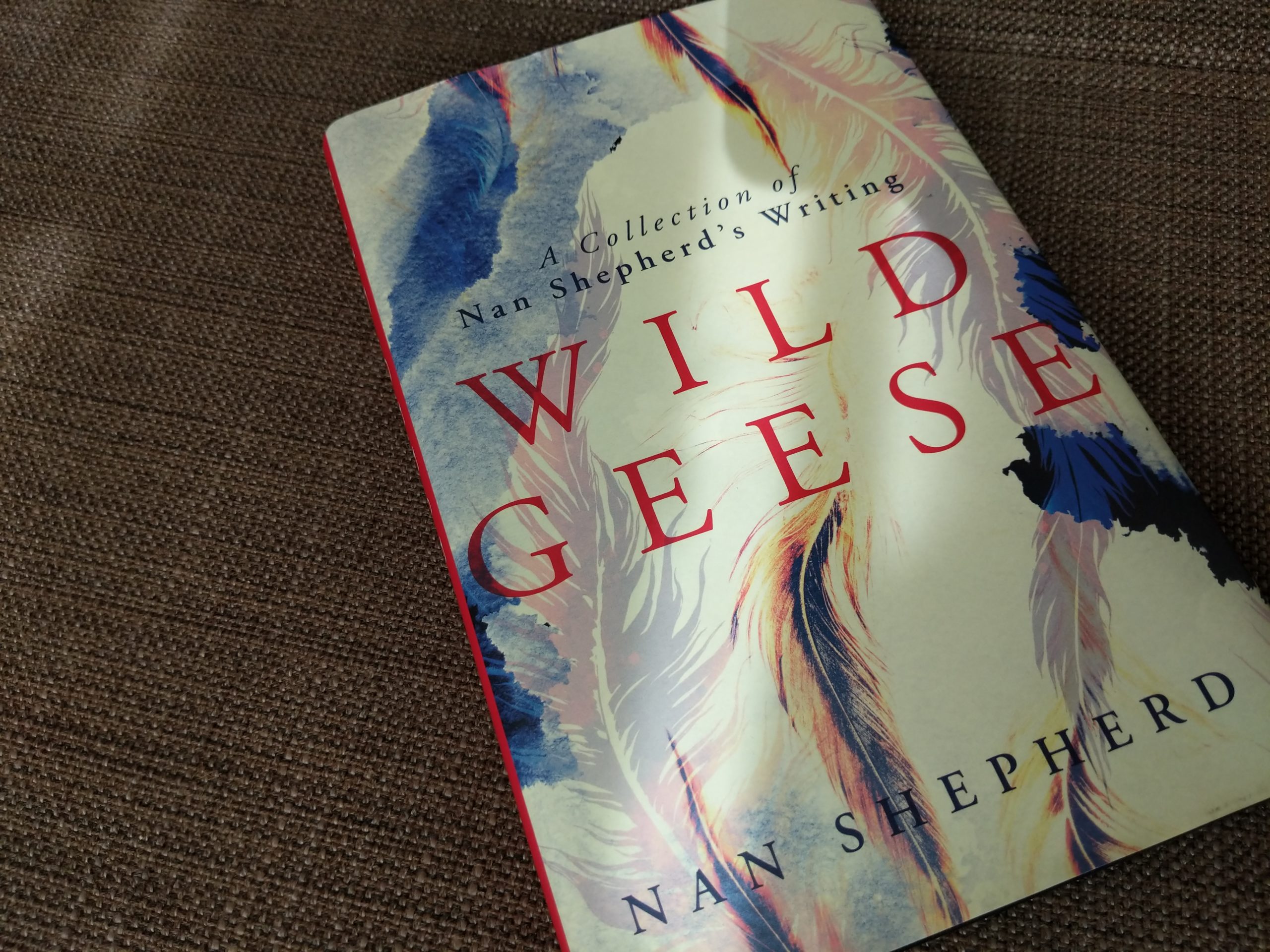
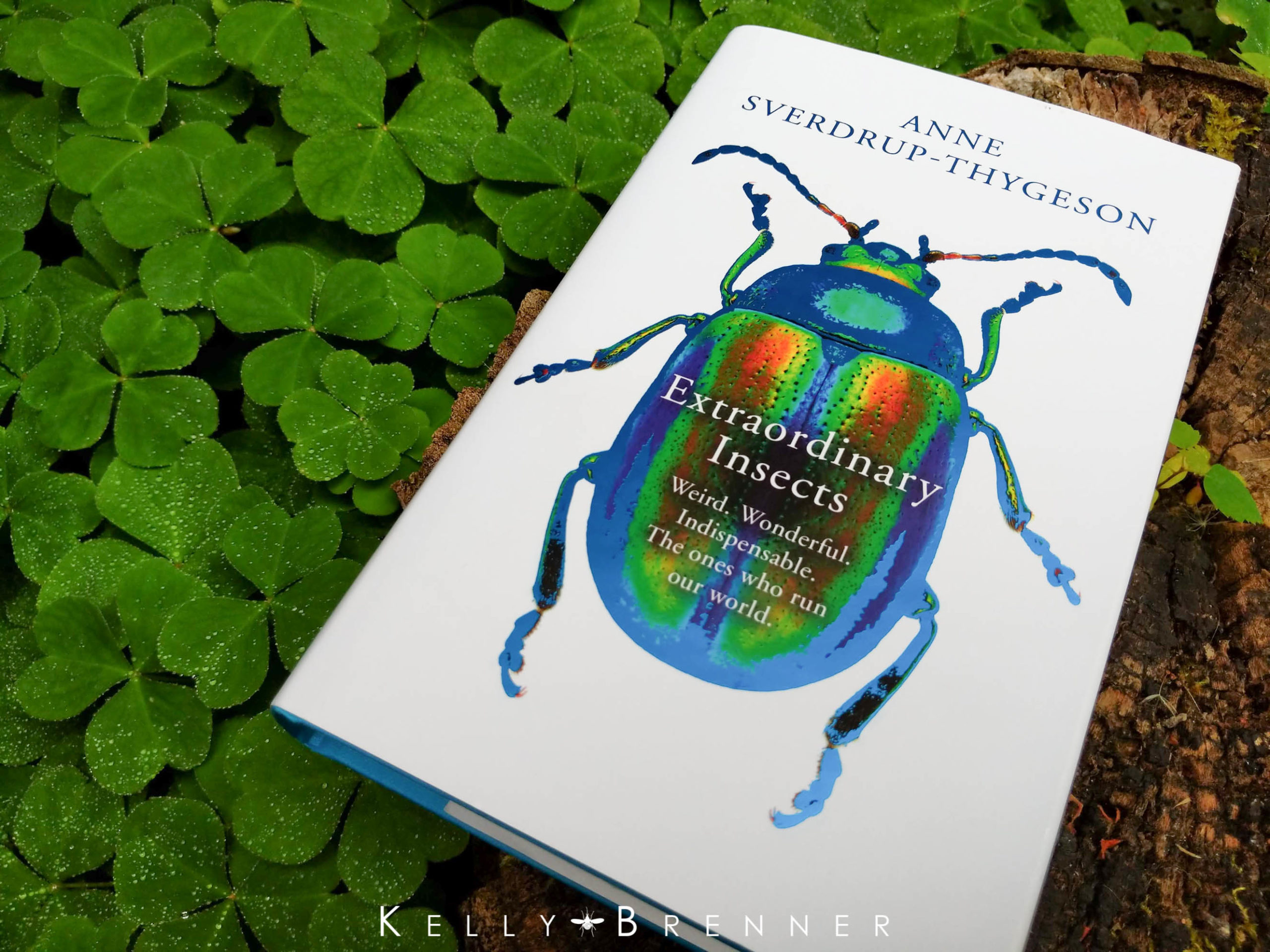

Well shoot, that’s two times I’ve seen this book highly recommended. Awesome. Maybe in 20 years apartment complexes and industrial parks will be gardens.
The quote you selected and the book cover are brilliant! Can’t wait to read the book. Thanks for the review.
This book is THE book for landscape designers, professional or amateur, who want to build sustainable constructed landscapes. Great review, Kelly. A must-buy!